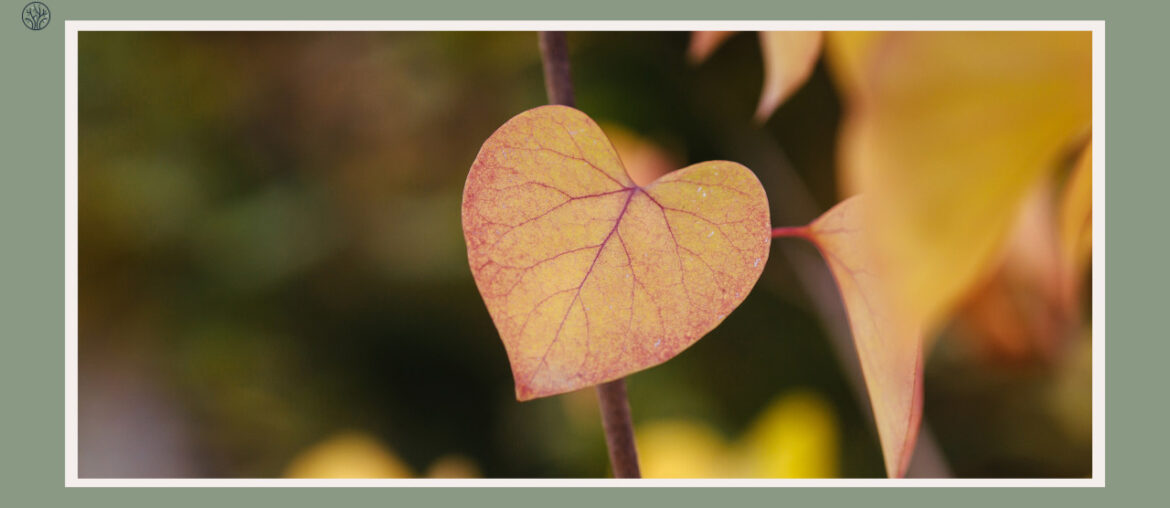The heart shape is the universal symbol of love and affection that we see in many forms of media. And nature also has its own way of expressing this shape. There are many pretty yet useful trees that have leaves that look like hearts
In this blog, we will show you 22 amazing trees with heart-shaped leaves, and everything you need to know about them.
What is a Heart-Shaped Leaf Tree?
- What is a Heart-Shaped Leaf Tree?
- 1. Silver Linden
- 2. Hearts Of Gold Redbud Tree
- 3. Northern Catalpa
- 4. Western Redbud
- 5. Quaking Aspen Tree
- 6. Eastern Redbud
- 7. Foxglove Tree
- 8. American Lime
- 9. Yellow Catalpa
- 10. Henry’s Lime
- 11. Caucasian Lime
- 12. White Mulberry
- 13. American Basswood
- 14. Carolina Basswood
- 15. Empress Tree
- 16. Handkerchief Tree
- 17. Italian Alder
- 18. Sacred Fig
- 19. Southern Catalpa
- 20. European Linden
- 21. Black Mulberry
- 22. Turkish Hazel
- FAQs
A heart-shaped leaf tree, scientifically termed “cordate,” is a type of tree with leaves that has a shape reminiscent of the classic heart symbol. These leaves typically have a broad base that tapers to a pointed tip, resembling the two upper curves and pointed end of a heart. Trees with heart-shaped leaves are often sought after for their unique aesthetic appeal, adding a touch of romance and beauty to gardens and landscapes.
Across the globe, numerous trees have these enchanting heart-shaped leaves. Each brings its own unique charm, and benefits, and requires certain healthy care.
1. Silver Linden
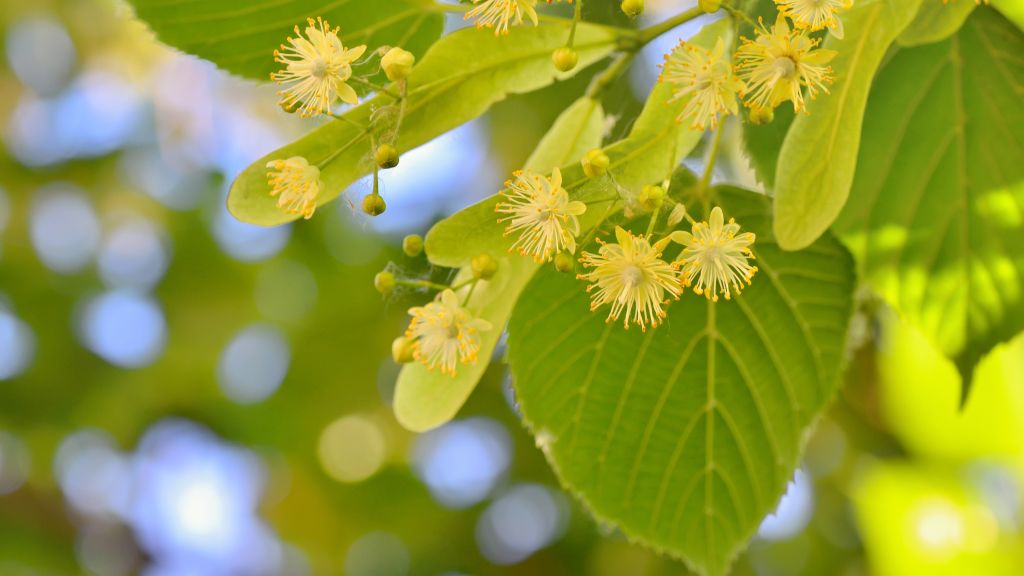
The Silver Linde, botanical name as Tilia tomentosa, is a majestic tree that has heart-shaped leaves with shimmering silver undersides. Native to Southeastern Europe and Western Asia, this tree can grow up to 70 feet tall. The Silver Linden is not only known for its foliage but also for its fragrant yellowish-white flowers that attract pollinators during the blooming season. It thrives best in well-drained soils and can tolerate urban conditions, making it a popular choice for city landscapes.
2. Hearts Of Gold Redbud Tree
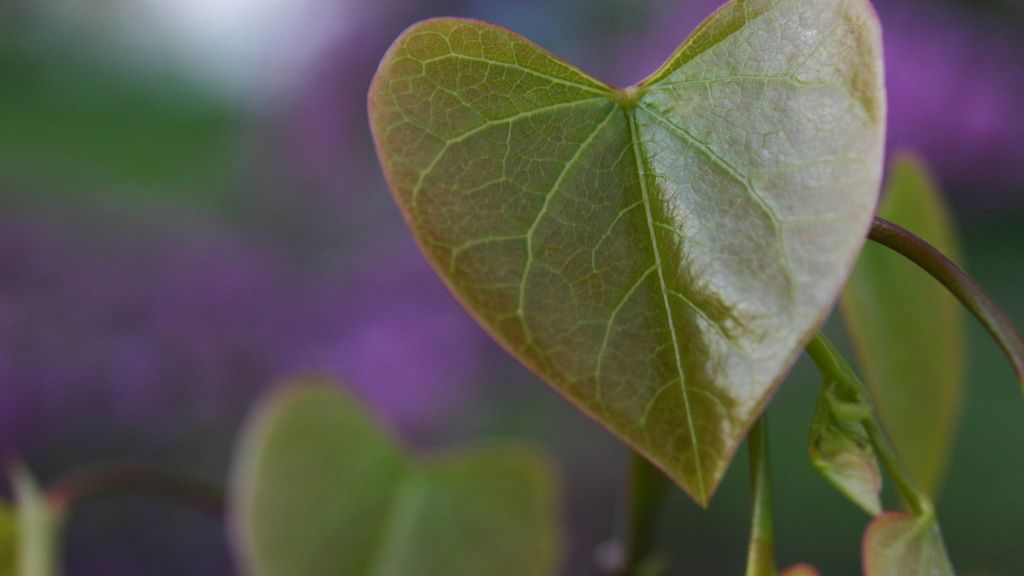
The Hearts Of Gold Redbud Tree, or Cercis Canadensis ‘JN2’, is a captivating tree known for its vibrant golden-yellow heart-shaped leaves. Often referred to as the “Love tree” or “Judas tree,” it stands out in gardens with its striking foliage color, especially during the spring. It’s a shame that the “Love tree” doesn’t have pink leaves like Eastern Redbud or Pink Bodhi, but it does produce beautiful pinkish-red flowers before the leaves emerge. It’s a moderate-sized tree, making it suitable for both spacious gardens and smaller urban spaces.
3. Northern Catalpa
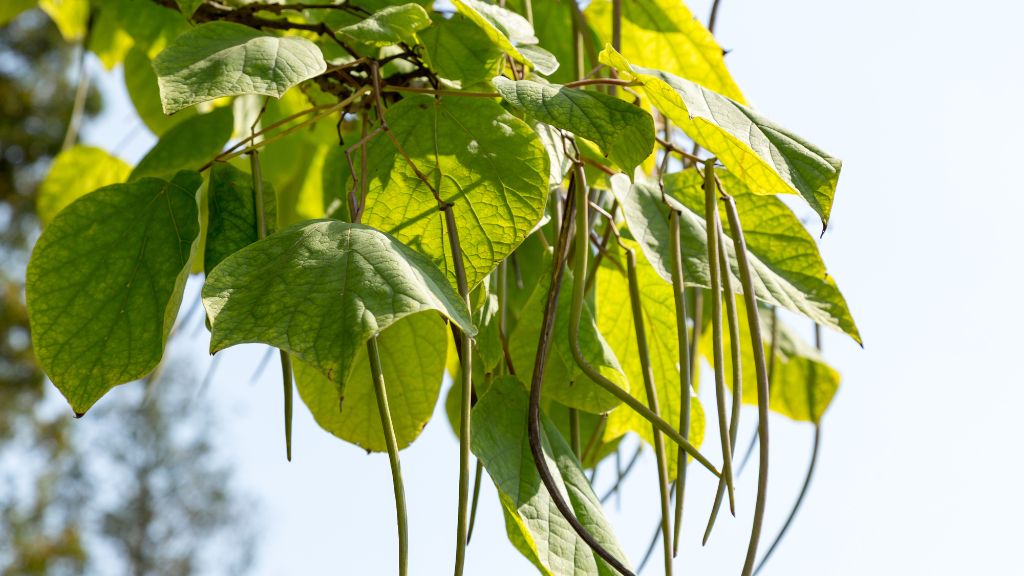
The Northern Catalpa or Catalpa speciosa is famous for its large, broad heart-shaped leaves. Native to the midwestern United States, this tree can grow up to 50 feet tall. Apart from its distinctive leaves, the Northern Catalpa also has showy white flowers that bloom in late spring, with long, slender seed pods. The tree is adaptable to various soil types and is often planted for its shade and ornamental value. Interestingly, its wood is used for making fence posts due to its resistance to rot.
4. Western Redbud
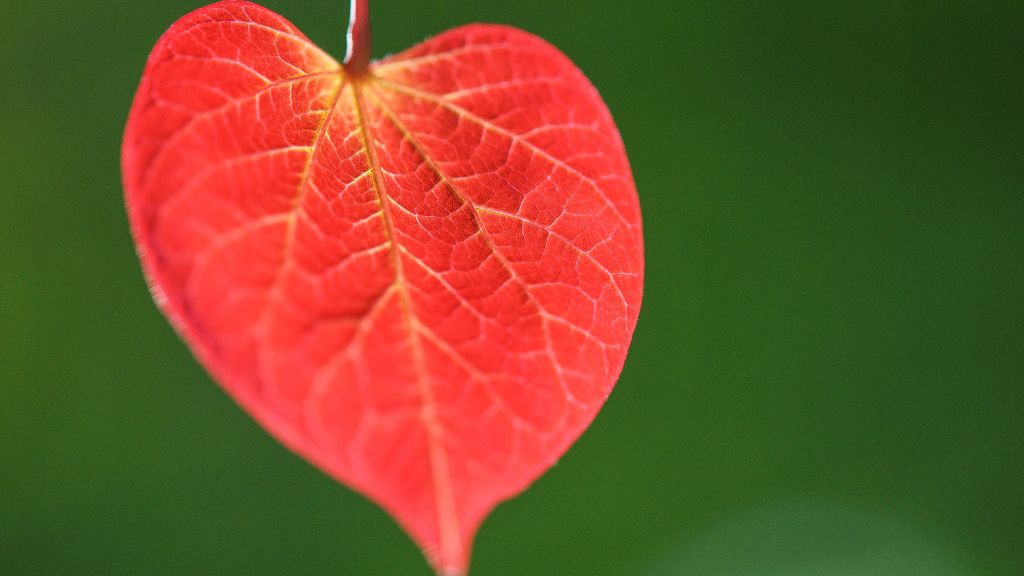
The Western Redbud, known scientifically as Cercis occidentalis, is a small deciduous tree native to the western regions of North America. People like this tree for its vibrant magenta-pink flowers that bloom in early spring, even before its leaves appear. Following the bloom, the tree showcases its heart-shaped leaves, which start as a reddish color, maturing to a rich green as the season progresses. In autumn, these leaves turn a beautiful shade of yellow, adding another layer of visual appeal. Often used as an ornamental tree, the Western Redbud thrives in well-drained soils and can tolerate drought conditions once established.
5. Quaking Aspen Tree
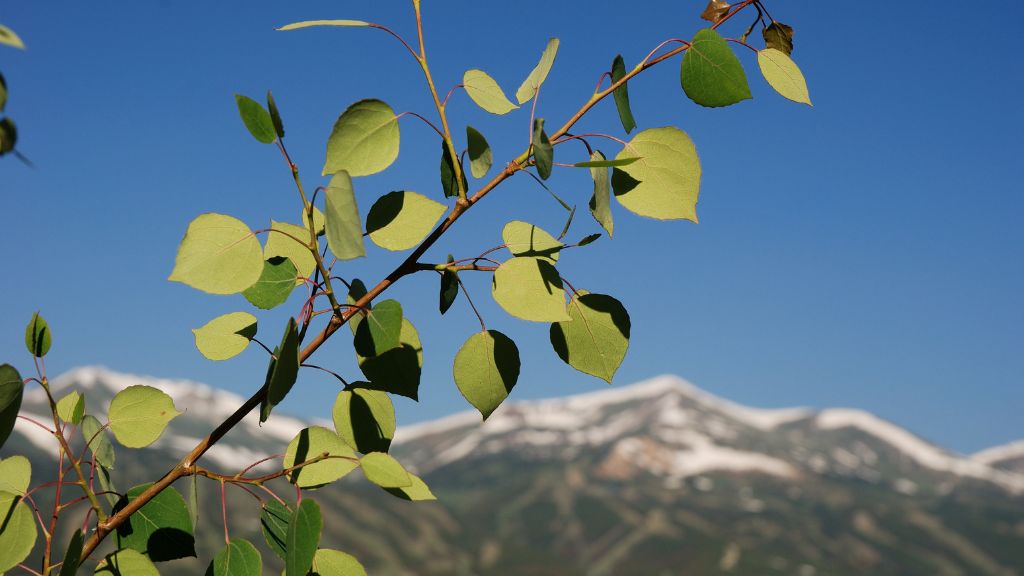
The Quaking Aspen, or Populus tremuloides, is a tall, slender tree known for its distinctive heart-shaped leaves that “quake” or flutter in the slightest breeze. This unique movement is due to the flattened leaf stalks. Native to cooler regions of North America, the Quaking Aspen is famous for its stunning golden-yellow foliage in the fall. Beyond its beauty, this tree plays a vital ecological role, providing habitat and food for various wildlife. It grows best in well-drained soils and requires full sunlight. Interestingly, Quaking Aspens often grow in large clonal groves, where all trees are genetically identical and share a single root system.
6. Eastern Redbud
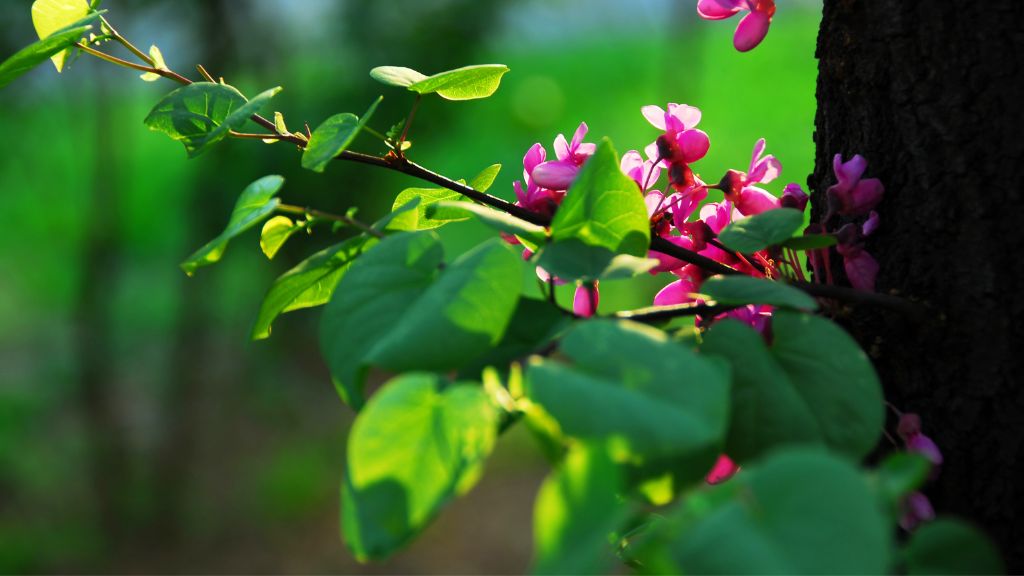
The Eastern Redbud or Cercis canadensis is a native North American tree that has pink to purple flowers in early spring. These blossoms emerge directly on the branches and even the trunk, creating a unique and breathtaking floral display. Following the flowers, the tree produces its signature heart-shaped leaves, which start with a reddish-purple hue, transitioning to a bright green as they mature. The Eastern Redbud is a versatile tree, often used in landscaping for its ornamental value. It’s adaptable to various soil types and prefers partial to full sunlight.
7. Foxglove Tree
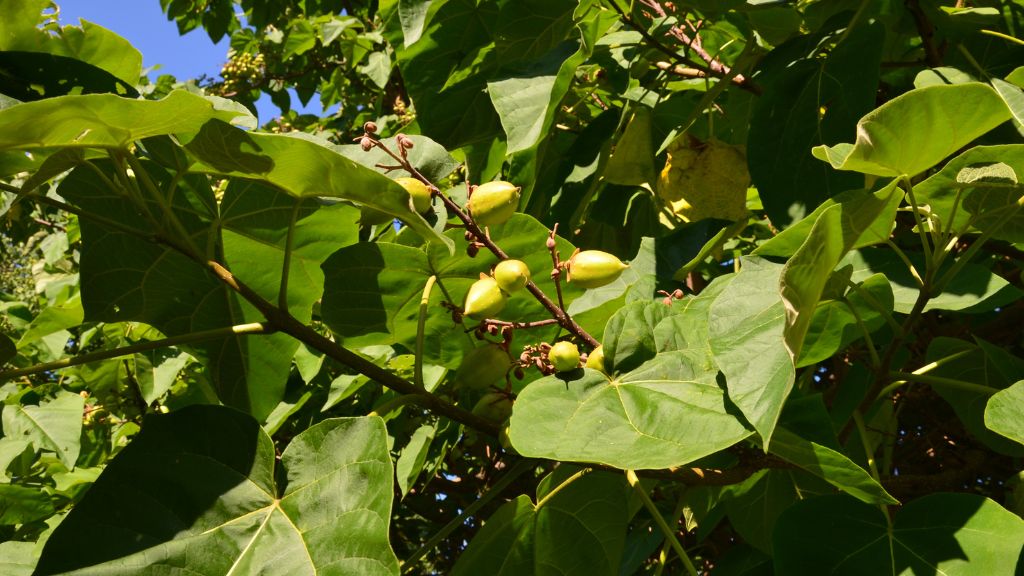
The Foxglove Tree, scientifically known as Paulownia tomentosa, is a deciduous hardwood tree native to western and central China. The Foxglove Tree is famous for its large, heart-shaped leaves that can grow impressively large, especially in younger trees. In spring, the tree boasts a magnificent display of fragrant, trumpet-shaped lavender flowers, reminiscent of foxgloves, hence its common name. Following these flowers are often followed by the formation of round seed pods. The tree overgrows and is often used for timber in its native regions. It thrives in well-drained soils and prefers full sunlight.
8. American Lime
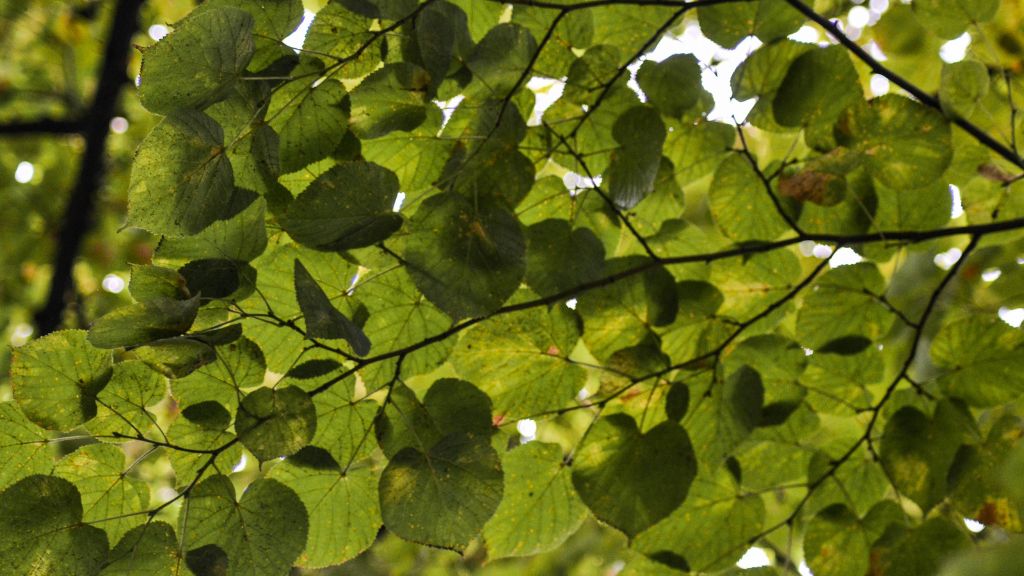
Also known as the American Linden or Tilia americana, the American Lime is a tall, stately tree native to the eastern parts of North America. It has large, heart-shaped leaves that provide dense shade, making it a popular choice for urban streets and parks. In early summer, the tree produces fragrant, yellowish-white flowers that are a favorite among pollinators, especially bees. The flowers give way to small, round seed pods. The American Lime is not only valued for its ornamental attributes but also for its soft, light wood, which is often used in carpentry. The tree thrives in a variety of soil types and prefers full to partial sunlight.
9. Yellow Catalpa
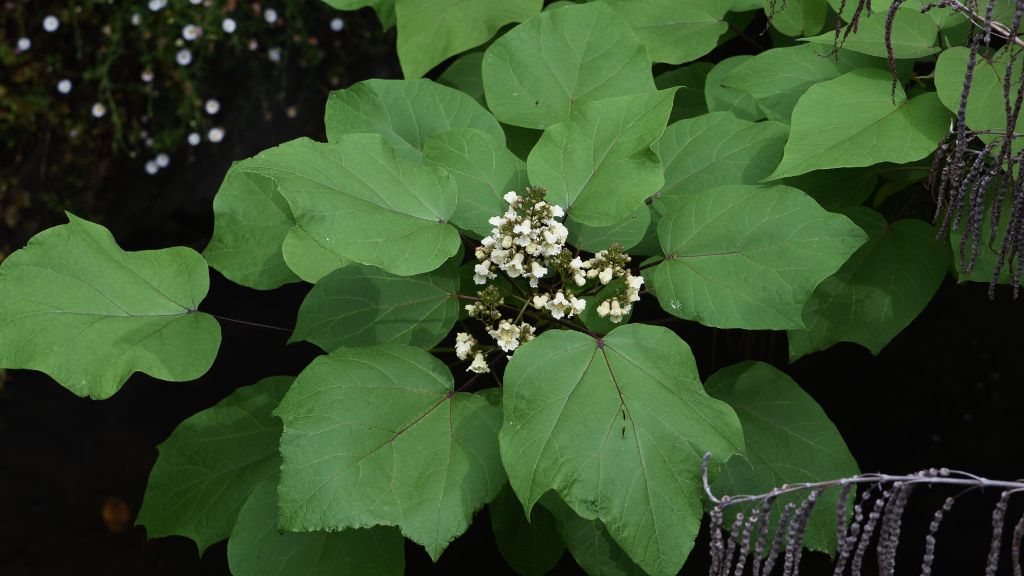
The Yellow Catalpaor the Catalpa ovata, is a unique tree that has heart-shaped leaves and striking yellowish-white flowers. Native to China, this tree is a close relative of the Northern and Southern Catalpas but stands out due to its distinct flower color. The blossoms, which appear in late spring to early summer, are tubular and often have purple and orange markings inside. Following the bloom, the tree produces long, slender seed pods, similar to its Catalpa cousins. The Yellow Catalpa is a medium-sized tree that adds a touch of exotic beauty to gardens and landscapes. It prefers well-drained soils and thrives in full sunlight.
10. Henry’s Lime
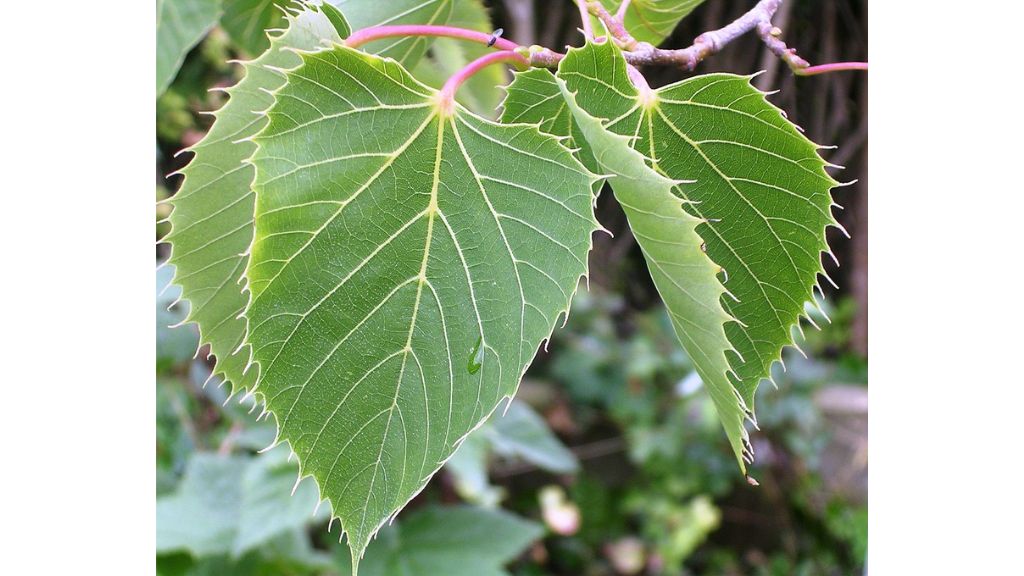
Henry’s Lime, known scientifically as Tilia Haryana, is a rare and lesser-known member of the lime tree family. Native to China, this tree is best for its unique foliage. Its heart-shaped leaves have a distinctive appearance compared to other lime trees. In summer, the tree produces fragrant, pale yellow flowers that hang in clusters, attracting bees and other pollinators. As autumn approaches, the leaves turn a vibrant shade of gold, adding seasonal beauty to the landscape. Henry’s Lime is a medium-sized tree that prefers well-drained soils and thrives in both full sunlight and partial shade.
11. Caucasian Lime
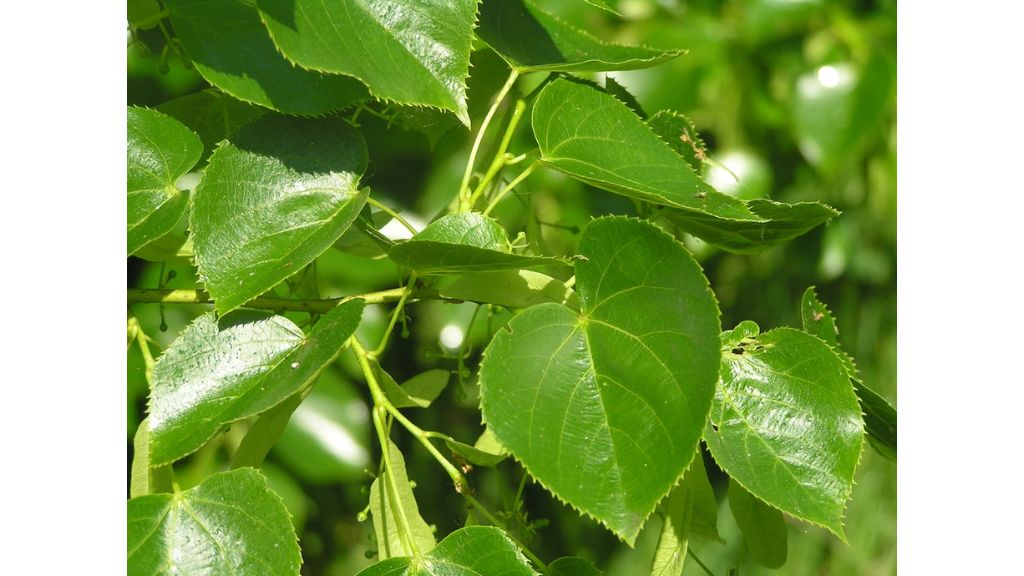
The Caucasian Lime, or Tilia euchlora, is a hybrid lime tree that is resilient and adaptable to most environments. Native to the Caucasus region, this tree boasts glossy, heart-shaped leaves that provide dense shade during the summer months. In late spring to early summer, the tree gives off amazing fragrant, yellowish-green flowers that are a magnet for bees. The Caucasian Lime is often used in urban environments due to its tolerance to pollution and compacted soils. It’s a medium to large-sized tree that grows well in a variety of soil types and prefers full to partial sunlight.
12. White Mulberry
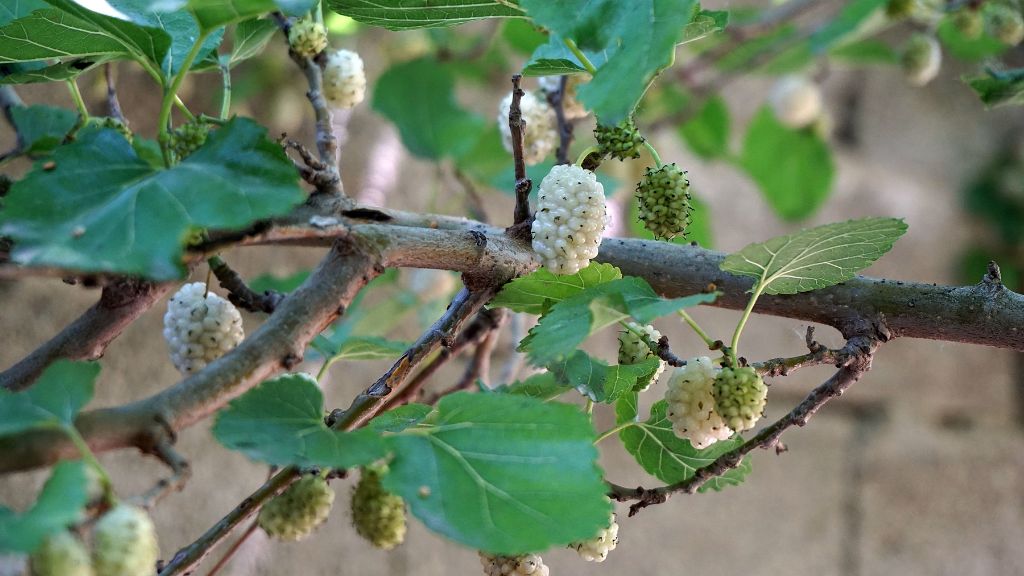
The White Mulberry, scientifically termed Morus alba, is a versatile tree native to northern China. The leaves can vary in shape, with some being lobed and others unlobed. In spring, the tree produces inconspicuous flowers, followed by edible, sweet fruits that transition from red to white when ripe. The White Mulberry is a fast-growing tree that can adapt to various soil conditions and prefers full sunlight.
13. American Basswood
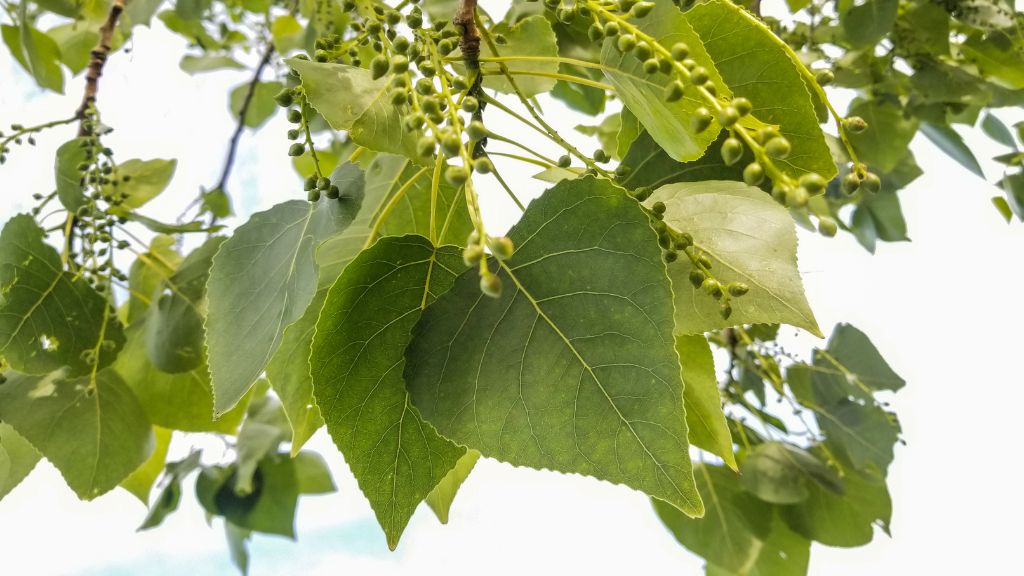
The American Basswoodor or Tilia americana, is a native tree to the eastern parts of North America. Recognized for its broad, heart-shaped leaves, this tree is a favorite in many landscapes due to its dense canopy that provides ample shade. In early summer, the American Basswood blooms with fragrant, pale yellow flowers that hang in clusters, attracting a variety of pollinators. These flowers later give way to small, green nut-like fruits. The wood of the American Basswood is soft and light, often used for carving and in the production of musical instruments. This tree thrives in moist, well-drained soils and prefers areas with full to partial sunlight.
14. Carolina Basswood
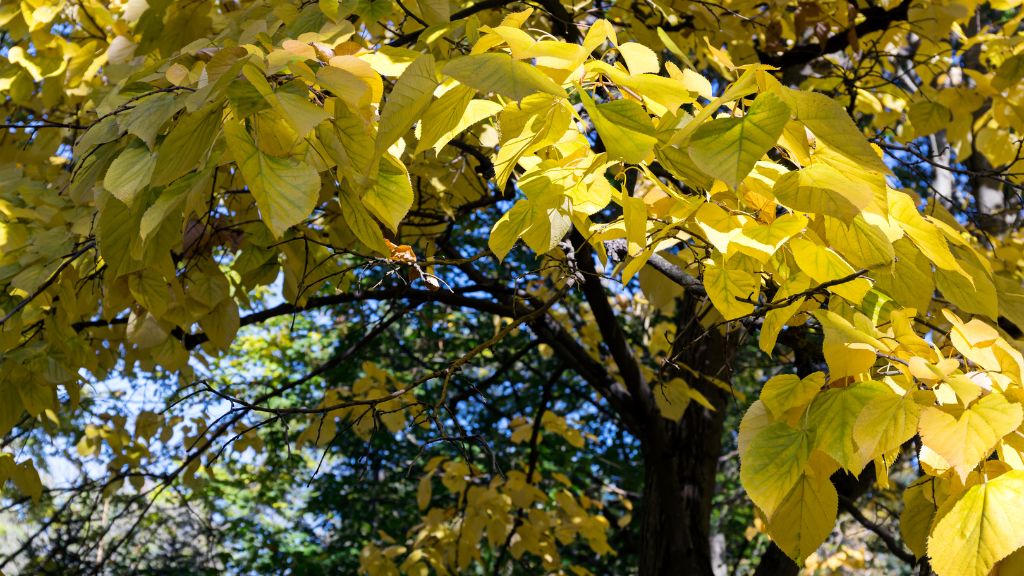
Carolina Basswood or Tilia caroliniana, is native to the southeastern regions of the United States. Similar to its cousin, the American Basswood, this tree boasts heart-shaped leaves but tends to have a rougher texture. In the summertime, the tree produces fragrant flowers that are a pale yellow-green hue, drawing in bees and other pollinators. The Carolina Basswood has a straight trunk and tall stature, making it an excellent choice for timber. It prefers well-drained soils and can tolerate a range of pH levels. The tree thrives in both full sunlight and partial shade.
15. Empress Tree
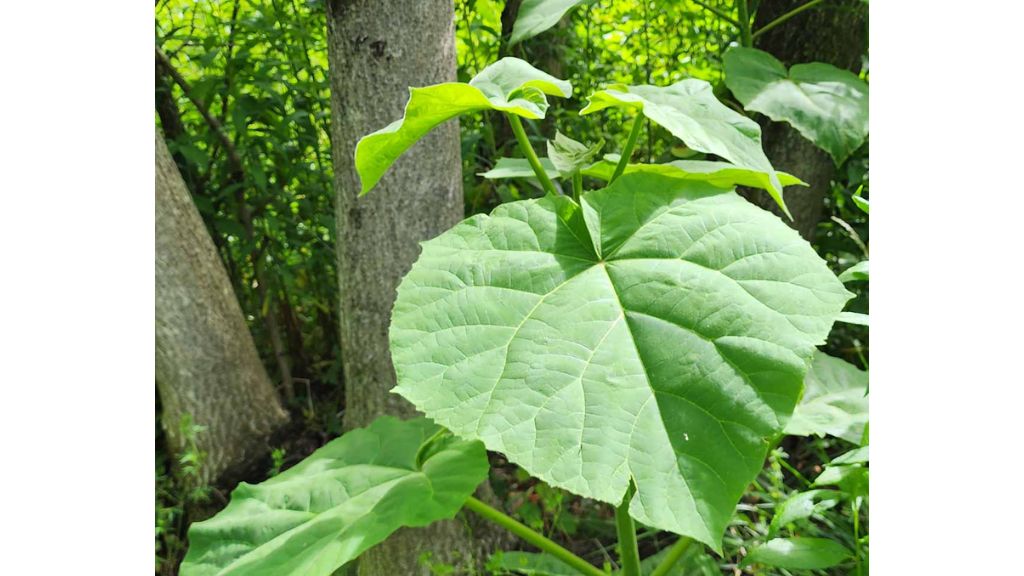
The Empress Tree or Paulownia tomentosa, is a native of China but has found its way into gardens worldwide due to its rapid growth and ornamental appeal. This deciduous tree has large, heart-shaped leaves that can provide quick shade in landscapes. One of the most striking features of the Empress Tree is its spring display of fragrant, lavender-colored, trumpet-shaped flowers. These blooms not only add beauty but also attract a variety of pollinators. Following the flowering season, the tree produces round seed pods. The Empress Tree is adaptable to various soil types and prefers locations with full sunlight.
16. Handkerchief Tree
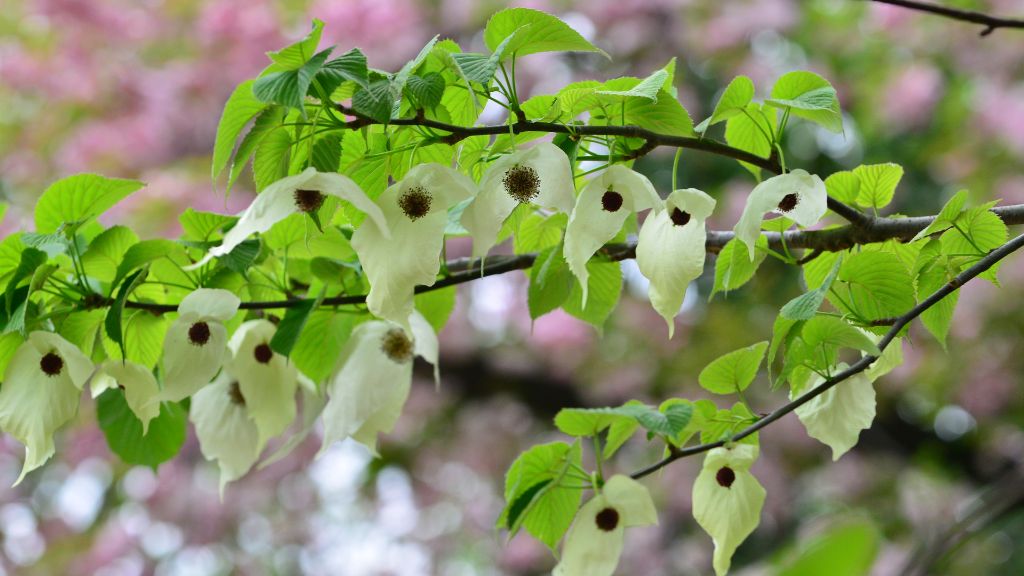
Just like how helicopter seeds got their names, the Handkerchief Tree, or Davidia involucrata, got its name for its unique and showy white bracts that resemble handkerchiefs or doves in flight. Native to southwestern China, this deciduous tree has heart-shaped leaves that turn a vibrant red in the autumn. The true flowers of the tree are small and red, but it’s the large white bracts that give the tree its ornamental value, appearing as if handkerchiefs are hanging from its branches. The Handkerchief Tree prefers well-drained, fertile soils and thrives in areas with full sunlight to partial shade.
17. Italian Alder
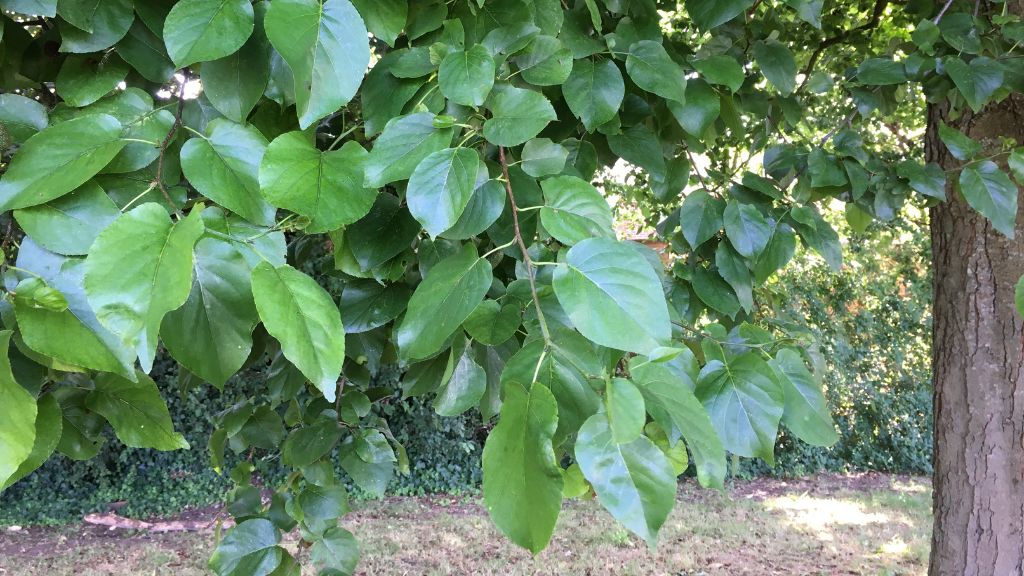
The Italian Alder or Alnus cordata, is native to southern Italy and Corsica. This tree has glossy, heart-shaped leaves that remain green throughout the year. Often used for reforestation projects, the Italian Alder is known for improving soil quality by fixing nitrogen. In early spring, the tree produces catkins, adding to its ornamental value. It’s a fast-growing tree that’s tolerant of various soil types, including poor and dry soils. The Italian Alder is best suited for locations with full sunlight.
18. Sacred Fig
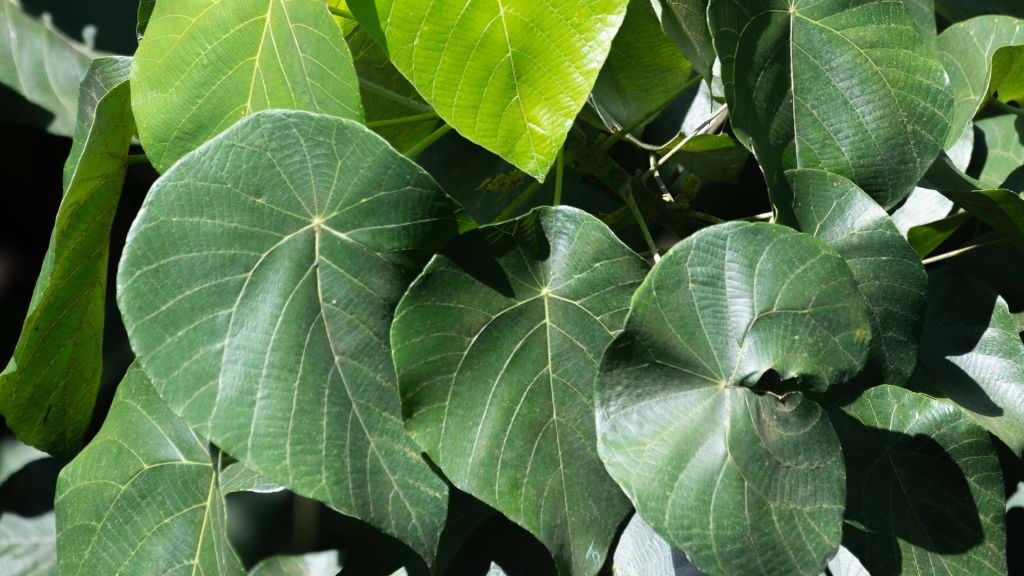
The Sacred Fig, or Ficus religiosa, holds significant religious importance in several cultures, especially in Buddhism, as many people believe it to be the tree under which Buddha attained enlightenment. Native to the Indian subcontinent, this tree boasts broad, heart-shaped leaves with a distinctive extended tip. The leaves often flutter in the wind, producing a rustling sound. The Sacred Fig is a large, evergreen tree that produces small figs. It thrives in well-drained soils and prefers locations with full sunlight to partial shade. Due to its religious significance, you most likely find this tree in temple gardens and other sacred sites.
19. Southern Catalpa
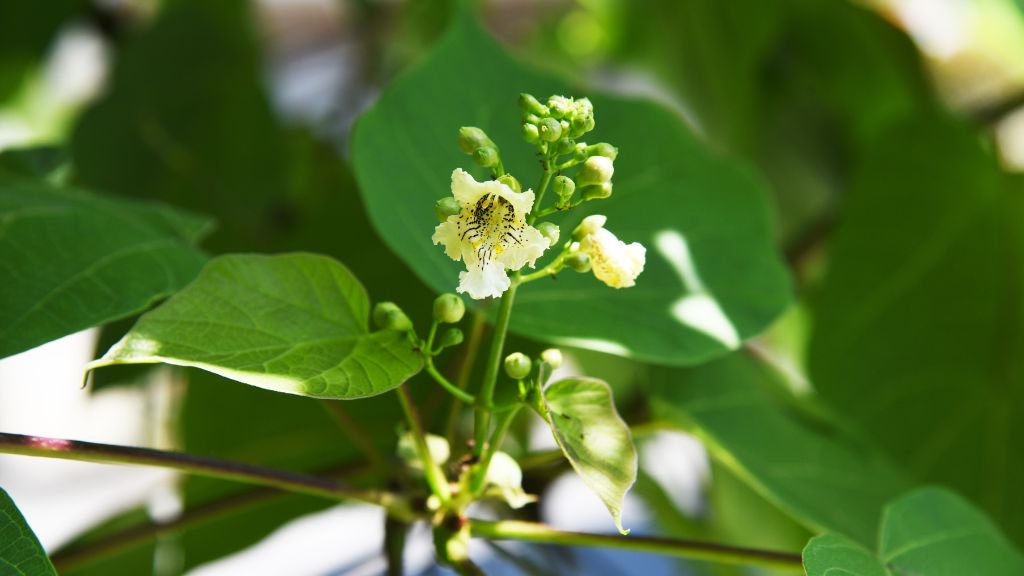
The Southern Catalpa, known as Catalpa bignonioides, is native to the southeastern United States. Similar to its Northern counterpart, this tree showcases large, heart-shaped leaves and produces showy clusters of white flowers with purple and yellow inner markings in late spring. The flowers grow into long, slender seed pods, often referred to as “cigar” pods due to their resemblance. The Southern Catalpa is often planted for its ornamental value and its ability to attract hummingbirds and butterflies. It’s adaptable to various soil conditions and prefers locations with full sunlight.
20. European Linden
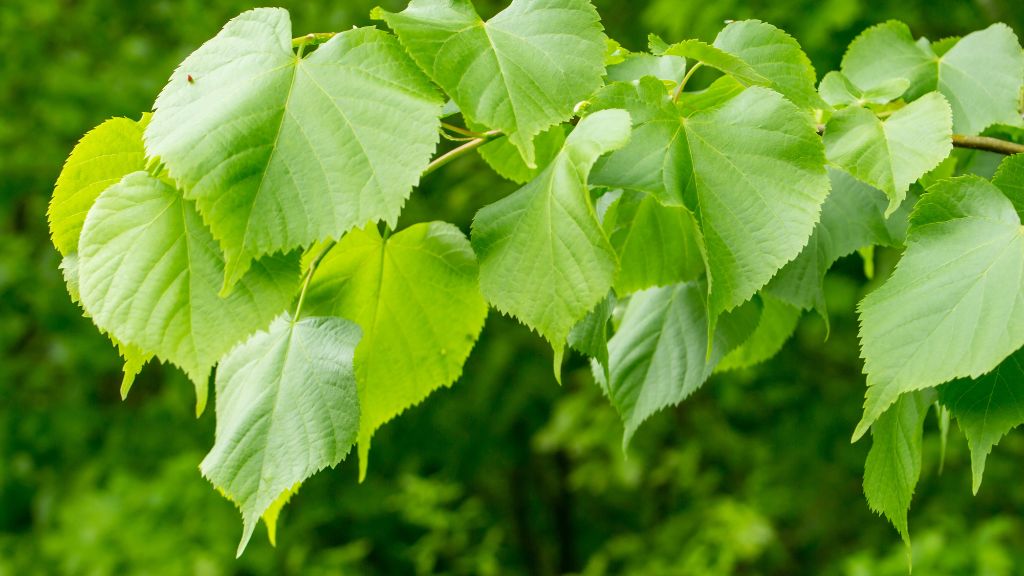
The European Linden or Tilia europaea, is a majestic tree native to Europe. It has broad, heart-shaped leaves that provide a dense canopy, making it a popular choice for urban streets and parks. In summer, the tree produces fragrant, yellowish-white flowers that hang in clusters, attracting bees and other pollinators. These flowers later give way to small, round seed pods. The European Linden has been a staple in European landscapes for centuries, not only for its ornamental value but also for its wood. The tree thrives in well-drained soils and prefers full to partial sunlight.
21. Black Mulberry
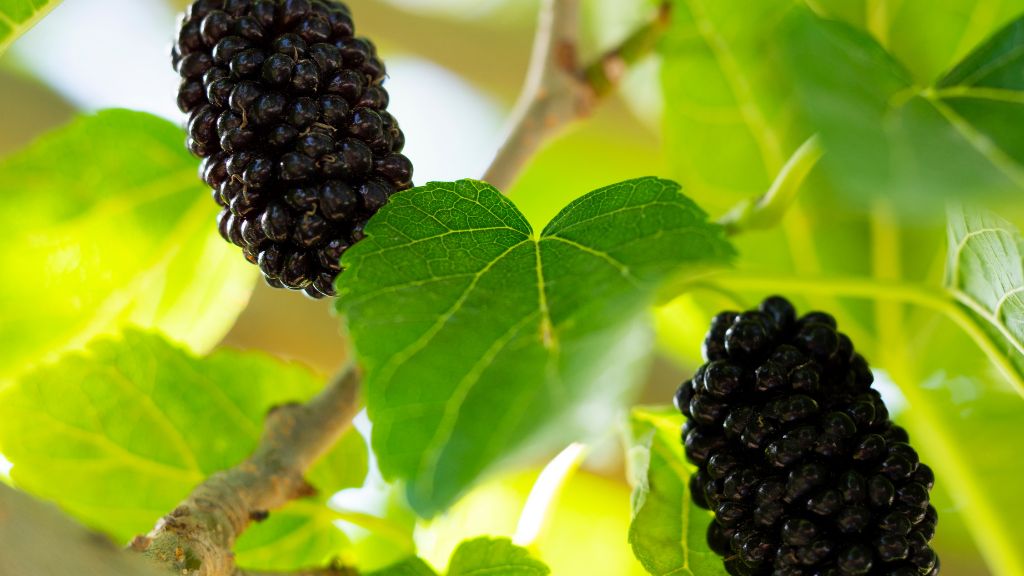
The Black Mulberry or Morus nigra, is famous for its delicious, dark-colored fruits. Native to western Asia, this tree has heart-shaped leaves that can sometimes be lobed. The fruits of the Black Mulberry ripen to a deep purple-black color that has a sweet and tart flavor. Beyond its fruiting attributes, the tree is also grown for its ornamental value, with its gnarled trunk and spreading habit. The Black Mulberry prefers well-drained soils and thrives in locations with full sunlight.
22. Turkish Hazel
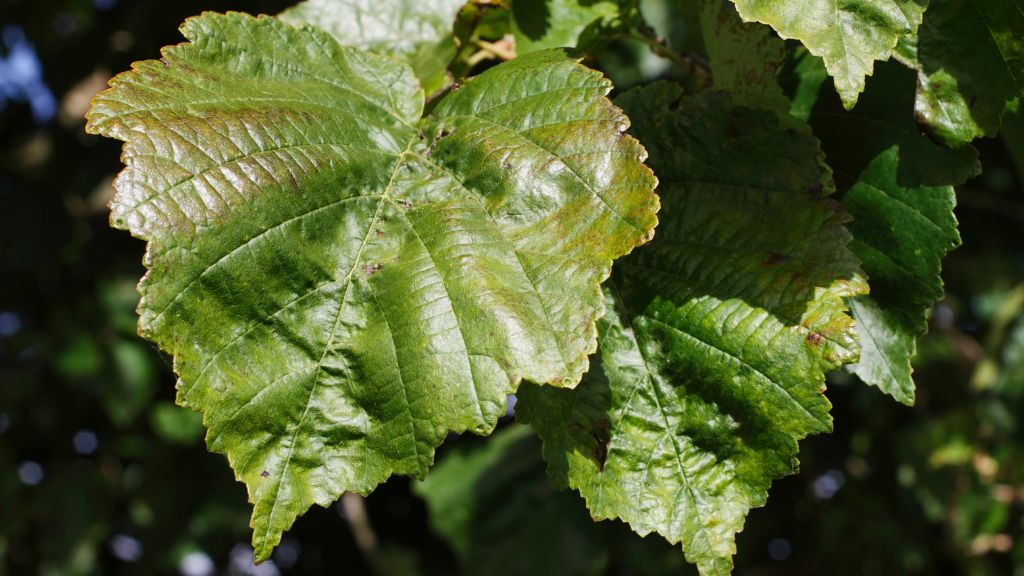
The Turkish Hazel, scientifically known as Corylus colurna, is a tree native to southeastern Europe and western Asia. This tree not only has heart-shaped leaves but also produces edible hazelnuts. The nuts are not only a food source for humans but also for various wildlife. The Turkish Hazel is often grown for its ornamental value, with its pyramidal shape and attractive bark that peels in strips. It’s a hardy tree that’s tolerant of urban conditions, making it a popular choice for city landscapes. The tree thrives in well-drained soils and prefers full sunlight.
FAQs
What tree has large heart-shaped leaves and fruit?
The Empress Tree, or Paulownia tomentosa, is famous for its large heart-shaped leaves. It also produces clusters of fragrant, lavender-colored flowers. These pods contain numerous seeds and, while not typically considered a fruit for consumption, they add to the tree’s ornamental appeal.
What kind of tree has heart-shaped leaves in Texas?
Texas, with its diverse climate and soil types, is home to several trees with heart-shaped leaves. One of the most common is the Eastern Redbud (Cercis canadensis), which not only has heart-shaped leaves but also produces vibrant pinkish-red flowers in early spring. Another notable tree is the Texas Redbud (Cercis canadensis var. texensis), a variant adapted to the Texas climate.
Is there a tree that has leaves that look like spades?
Although there are no trees with black leaves that are shaped like spades, there are still a few trees that have spade-shaped leaves. The Catalpa tree, specifically species like the Northern Catalpa (Catalpa speciosa) and the Southern Catalpa (Catalpa bignonioides), has large, heart-shaped leaves that resemble spades, the shape commonly found on playing cards. These trees also produce showy clusters of white flowers and long, slender seed pods.
Whare is tree the heart-shaped leaf from?
Numerous trees have heart-shaped, or cordate, leaves. Some of the most recognized include the Redbud trees (Cercis spp.), Linden or Lime trees (Tilia spp.), and the Mulberry trees (Morus spp.). The specific tree would depend on the region, size of the leaf, and other characteristics.
What leaves are shaped like hearts?
Leaves that have a shape reminiscent of the classic heart symbol are termed “cordate” in botanical language. Trees like the Redbud, Linden, Mulberry, and Empress Tree are just a few examples of trees with heart-shaped leaves. These leaves typically have a broad base that tapers to a pointed tip.
What is a heart-shaped tree?
A heart-shaped tree typically refers to a tree that has heart-shaped leaves. However, it’s worth noting that no tree naturally grows in the shape of a heart. Instead, the term is used to describe trees that have leaves resembling the classic heart symbol. Examples include the Redbud, Linden, and Mulberry trees.

